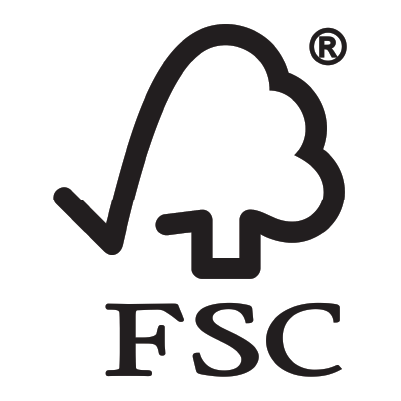Sustainable design encompasses a holistic approach to creating environmentally friendly and energy-efficient buildings. Engineered bamboo products seamlessly integrate with various sustainable design elements, contributing to the overall eco-consciousness of a structure. In this blog, we will explore how engineered bamboo products complement and harmonize with other sustainable design elements, showcasing their collective impact in creating greener and more sustainable buildings.
- Energy-Efficient Building Envelope:
Engineered bamboo products, such as bamboo-based panels or cladding, can enhance the energy efficiency of a building envelope. Proper insulation and thermal performance help regulate indoor temperatures, reducing the need for excessive heating or cooling. When combined with other sustainable design elements like high-performance windows, efficient insulation, and airtight construction, engineered bamboo products contribute to a well-insulated and energy-efficient building envelope.
- Natural Daylighting and Ventilation:
Incorporating engineered bamboo products into the design allows for the integration of natural daylighting and ventilation strategies. Bamboo paneling or screens can be strategically placed to allow ample natural light to penetrate deeper into the building, reducing reliance on artificial lighting during the day. Additionally, engineered bamboo can be used in the form of movable louvers or screens, facilitating natural cross-ventilation, minimizing the need for mechanical cooling systems, and enhancing indoor air quality.
- Sustainable Material Palette:
Engineered bamboo products complement other sustainable materials, creating a harmonious material palette. By combining bamboo with recycled materials, low VOC paints, sustainably sourced timber, and other eco-friendly materials, a building can showcase a comprehensive sustainable design approach. This combination not only enhances the aesthetic appeal but also reinforces the building’s commitment to environmentally conscious choices throughout its construction.
- Water Conservation Strategies:
Sustainable buildings often incorporate water conservation strategies to reduce water consumption. Engineered bamboo products, with their inherent resistance to moisture, can be used in areas prone to water exposure, such as bathrooms and kitchens. Bamboo-based flooring, cabinetry, or countertops can provide durable and water-resistant surfaces while supporting the overall water-saving efforts of the building.
- Biophilic Design and Connection to Nature:
Biophilic design principles aim to establish a deep connection between occupants and the natural environment. Engineered bamboo products, with their organic texture and warm hues, bring a sense of nature indoors, supporting biophilic design objectives. Bamboo flooring, wall coverings, or furniture create a visually pleasing and calming environment, enhancing occupant well-being and productivity.
- Waste Reduction and Recycling:
Engineered bamboo products align with waste reduction and recycling practices in sustainable design. During the manufacturing process, bamboo offcuts and byproducts can be repurposed or recycled, minimizing waste. By incorporating recycled bamboo or utilizing bamboo veneers, the building can contribute to a circular economy and reduce the demand for virgin materials, further enhancing its sustainability credentials.
- Renewable Energy Integration:
Engineered bamboo products work in harmony with renewable energy integration strategies. Bamboo-based structures can accommodate solar panels or other renewable energy systems, such as wind turbines or geothermal heating and cooling. The lightweight nature of engineered bamboo facilitates the installation and support of renewable energy technologies, creating a symbiotic relationship between sustainable materials and energy generation.
Engineered bamboo products seamlessly integrate with other sustainable design elements, enriching the overall sustainability of buildings. By harmonizing with energy-efficient strategies, promoting natural daylighting and ventilation, complementing sustainable material choices, and supporting waste reduction and recycling practices, engineered bamboo plays a vital role in creating eco-conscious structures. With its versatility, durability, and inherent sustainability, engineered bamboo fosters a built environment that prioritizes energy efficiency, occupant well-being, and a strong connection to nature.






